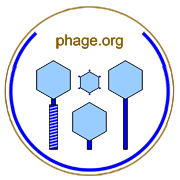

Abstract: Biofilms on indwelling medical devices such as central venous catheters result in significant morbidity and mortality and have a substantial impact on healthcare delivery. Because routine systemic treatment of patients with catheter- associated bloodstream infections is often ineffective, due to the tolerance of biofilm organisms on these devices, other strategies such as the antimicrobial lock treatment (ALT) have been used. This approach involves the instillation of high concentrations of the antimicrobial agent directly into the biofJ1m-containing catheter for exposure (i.e., dwell) times sufficient to eradicate the biofilm. Results from human studies, animal studies, and laboratory studies using in vitro model systems have suggested that eradication of a biofilm is possible, depending on the organisms in the biofilm, biofilm age, the antimicrobial agent used, and the dwell! duration of the treatment. The most effective antimicrobial agents are those (I) that are less affected by the extracellular polymeric substance matrix of the biofilm, (2) that have a more rapid bactericidal effect, or (3) for which the mechanism of action is not dependent upon the growth rates of the organisms. Combining agents may also provide synergy. Fungal biofilms have proven to be much more difficult to treat using the ALT, though newer fungicidal drugs such as the echinocandins hold promise in this regard. However, a serious drawback with the ALT is the potential for the development of resistance. Newer treatments, incorporating agents not classified as antibiotics, appear to effectively eradicate biofilms in in vitro models and should be evaluated in animal and patient studies. Promising technologies that incorporate novel approaches such as ultrasound, bacteriophage, quorum-sensing inhibitors, or enzymes may also provide useful approaches in the future.
From pp. 152-153: "Bacteriophage can also be instilled into catheters as a lock treatment to eradicate biofilms. Doolittle et al. (1995) reported that Phage T4 significantly reduced biofilms of E. coli in an in vitro model system. Biofilms were grown for 28 h in a Modified Robbins Device prior to the addition of phage. Viable biofilm cell counts were reduced by 6 logs within 5 h of treatment. Phage numbers increased initially during the first 5 h then decreased as the number of surviving biofilm cells diminished. Hanlon et al. (2001) investigated the effect of Phage F116 on biofilms of P. aeruginosa in microtiter plates and showed that intact biofilms were more tolerant to phage attack than suspended biofilm cells. They also found that an increase in biofilm age did not appear to significantly decrease susceptibility, as has been observed during the treatment of biofilms with antimicrobial agents. Phage treatment was effective on biofilms grown for 20 days prior to treatment. Other published studies have also demonstrated the efficacy of phage lock treatments against biofilms of different bacteria (Hughes et al. 1998; Sillankova et al. 2004). For this treatment approach to work, organisms isolated from the colonized device would need to be screened against a bank of phages to determine the specific phage strain with greatest lytic ability. This strain could be grown to a high titer then instilled into the indwelling catheter as a lock treatment."
Return to Home or see Phage Terms/Glossary. Contact web master.

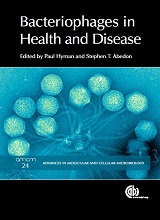
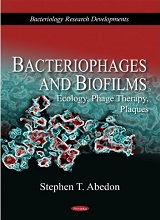
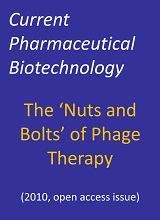
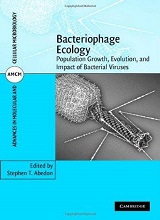
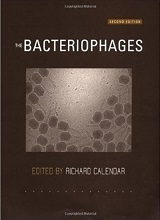

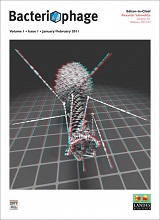




[full text not included]